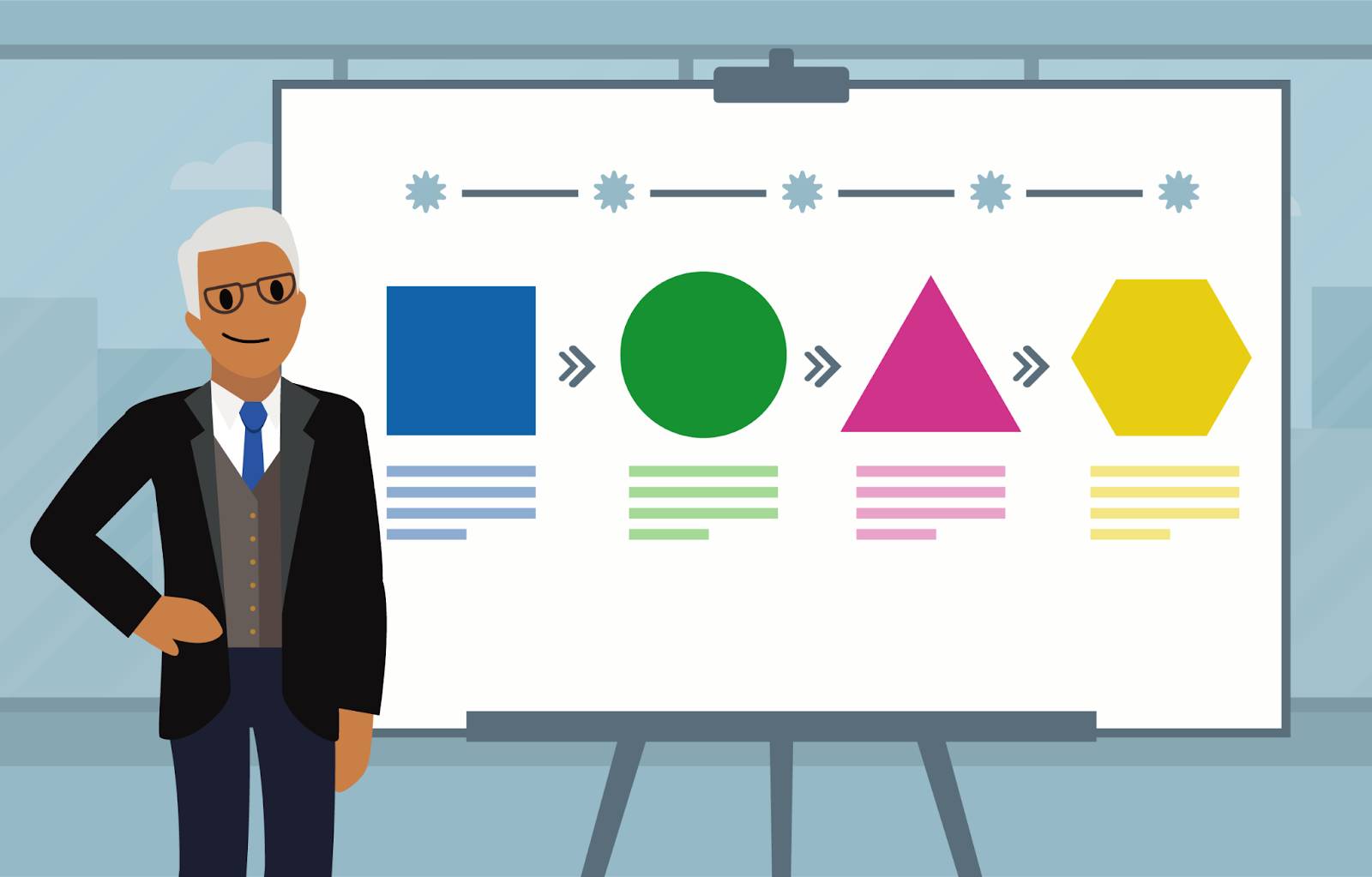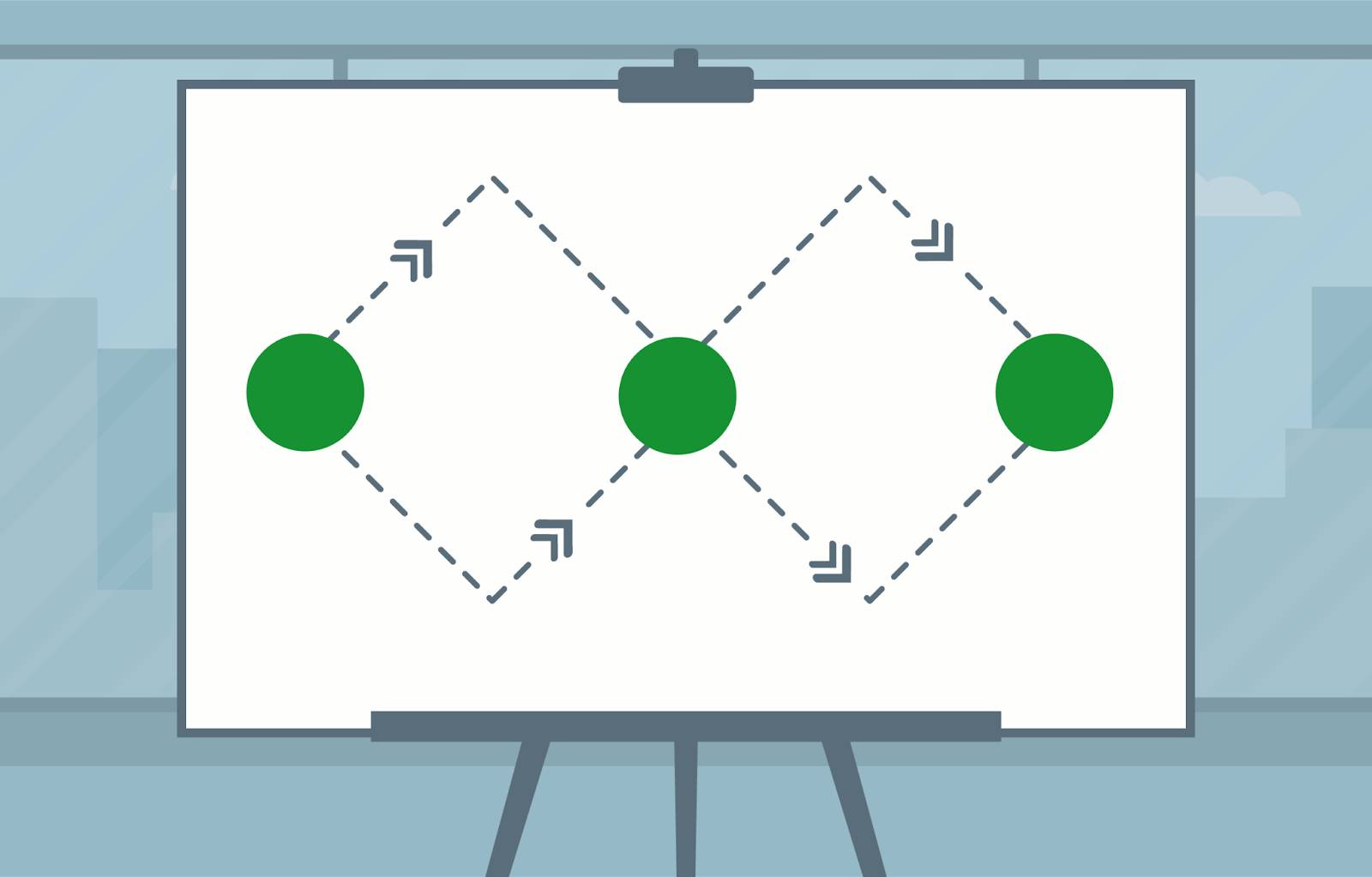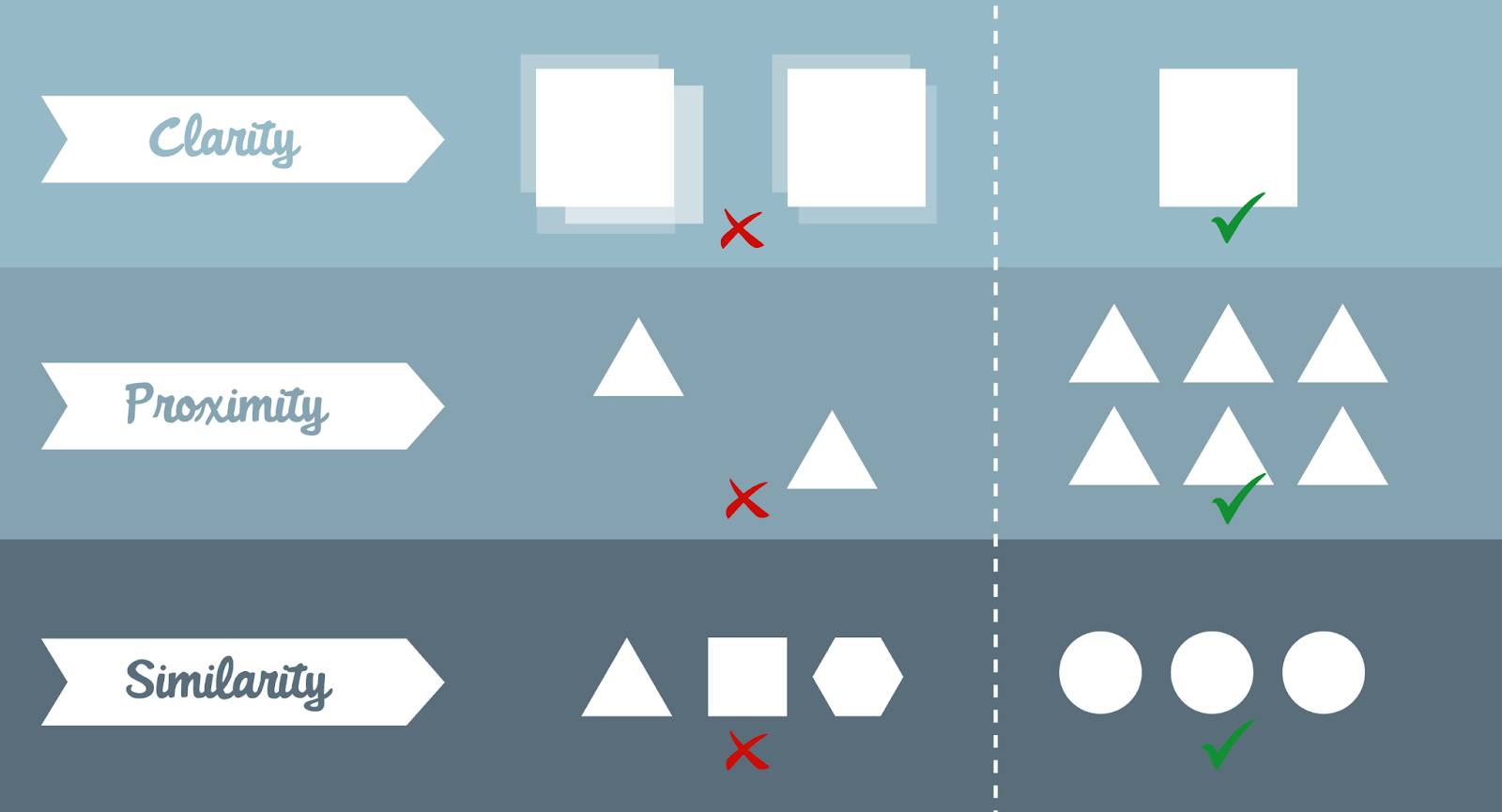Learn About User Experience Design
Learning Objectives
After completing this unit, you’ll be able to:
- Describe what user experience design is.
- Understand design process and frameworks.
User Experience Design Overview
Have you ever had a frustrating or confusing experience with an application or on a website? Maybe you visited a news website, and you heard four different videos auto-playing at once, seconds after the page loaded. Did you scroll to find all the videos and pause them, or did you find a different website for your news?
Experiences like this leave a lasting impression and can negatively affect a product’s success. Because these experiences affect a business’s bottom line, more and more companies are investing in user experience (UX) design. UX design is the practice of examining people’s needs and motivations to inform the design of the overall experience with a product or service.
Observing behavior, listening to feedback, and reviewing prototypes with the people who will be using the product or service can guide your design decisions. This user-centered approach ensures clear and enjoyable experiences for users of applications, websites, products, and services.
After completing this badge, you will have a basic understanding of UX design and the design process. If you don’t have an artistic bone in your body, don’t worry. Beauty takes a backseat to clarity. One of the great things about the Lightning Design System is that all the user interface elements are already designed. This takes care of all visual design decisions, like color, typography, and shape, for you. The UX skills you learn here will help you combine design system elements in a meaningful way to build apps or services that people love.

Design Process
UX design sits at the intersection of business, technology, and people. Design is informed by people using the product or service, but business needs and available technology define the constraints. A shared design process helps manage input from each of these relationships. The process brings structure and provides predictable results. A design process defines the steps you take to begin and end your journey of designing a product or service.
There are many different versions of a UX design process, but, at a high level, they all generally follow the same cyclical framework: Empathize, Define, Ideate, and Prototype and Test. Throughout the design process, you research and get feedback from the people who will use your product or service.
Later units go into more detail about each stage of the UX design process, but here’s a general overview of the goals for each stage.
Stage |
Goals |
|---|---|
|
Empathize
|
Learn about the audience you’re designing for, by observation and interview techniques. |
|
Define
|
Create a point of view that’s based on your users’ needs and insights. |
|
Ideate
|
Brainstorm as many creative solutions as possible to solve the problem you defined in the previous stage. |
|
Prototype and Test
|
Build and share a representation of one or more of your ideas from the Ideate stage. Test a rough draft out on others. Refine and test again. |
We could add a fifth stage to the process: Iterate. The design process almost always includes making changes to the design based on what happens during the Test stage, and usually more than once. We call this iteration, and though it’s encapsulated in “refine and test again” (in the Prototype and Test stage), in practice, iteration tends to be a full-fledged stage of most design processes.
UX Frameworks
All projects are different. You might be building a simple clock app or a complex customer relationship management system. A UX framework is a set of specific practices and the order in which you apply those practices within your design process. Frameworks can help you focus the right amount of effort on your project depending on its scope of work.
Popular UX Frameworks
- Double Diamond, by Design Council
- Design Sprints, by Google Ventures
- Laseau's Funnel, by Paul Laseau
- Design Thinking, by Stanford d.school

UX Principles
User experience principles provide a foundation of best practices to follow when you’re designing. Based on heuristics and psychological research, the principles below provide guidelines to ensure successful user experience design.
Fifteen UX Principles to Live By
Principle |
Summary |
|---|---|
|
Clarity
|
Eliminate ambiguity |
|
Common Region
|
Elements within the same area are perceived as related |
|
|
Productivity soars when a computer and its users interact at a pace faster than 400ms, which ensures that neither has to wait for the other |
|
Efficiency
|
Anticipate needs to help people work better, smarter, and faster |
|
|
The longer it takes to move to a target, and the smaller the size of the target, the greater the error rate |
|
|
The closer people are to completing a task, the faster they work toward completion |
|
|
The more options and complexities, the longer it takes to make a decision |
|
|
People spend more time on other websites than yours, so they expect your website to work similarly to the rest of the web |
|
|
The simplest solution is almost always the best solution |
|
|
The 80/20 rule; 80% of consequences come from 20% of the causes |
|
|
Work expands to fill the time available for its completion |
|
|
Objects that are closer together are perceived as more related than objects that are further apart |
|
|
Be conservative in what you send, be liberal in what you accept |
|
|
Elements that share similar characteristics are perceived as more related than elements that don't share those characteristics |
|
|
Every system has a certain amount of complexity that cannot be removed |

With a solid set of principles and a framework to guide you, you’re on your way to learning the basics of UX design. The following units go more in-depth on subjects that build the foundation for your user experience design journey.
Resources
- Website: Get Started with Design Thinking
- Website: Salesforce Designer—Design Systems
- Website: Lightning System Design—Design Principles